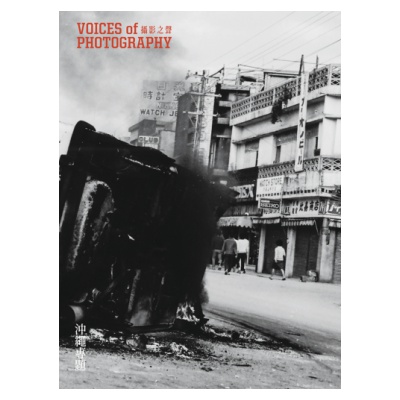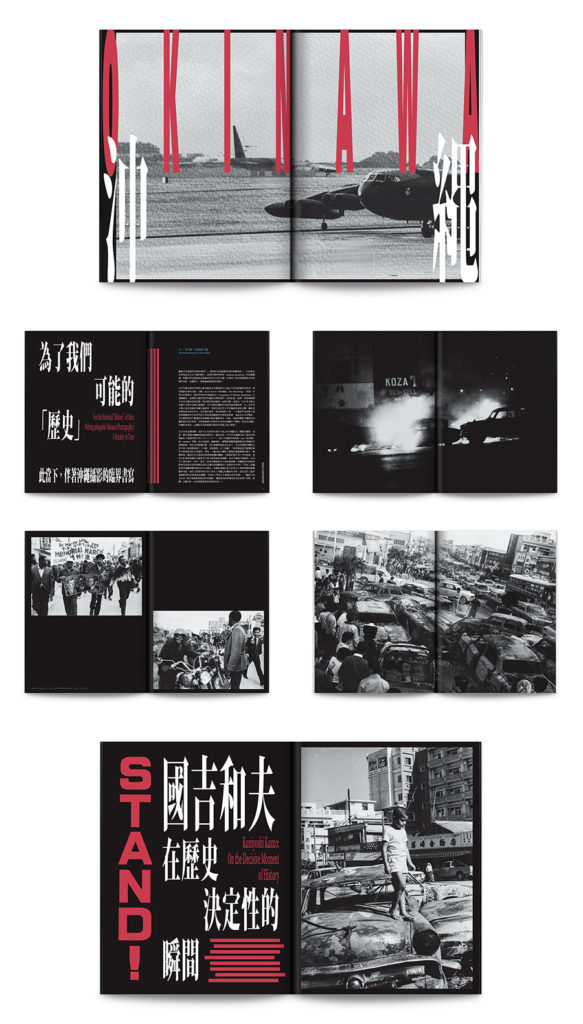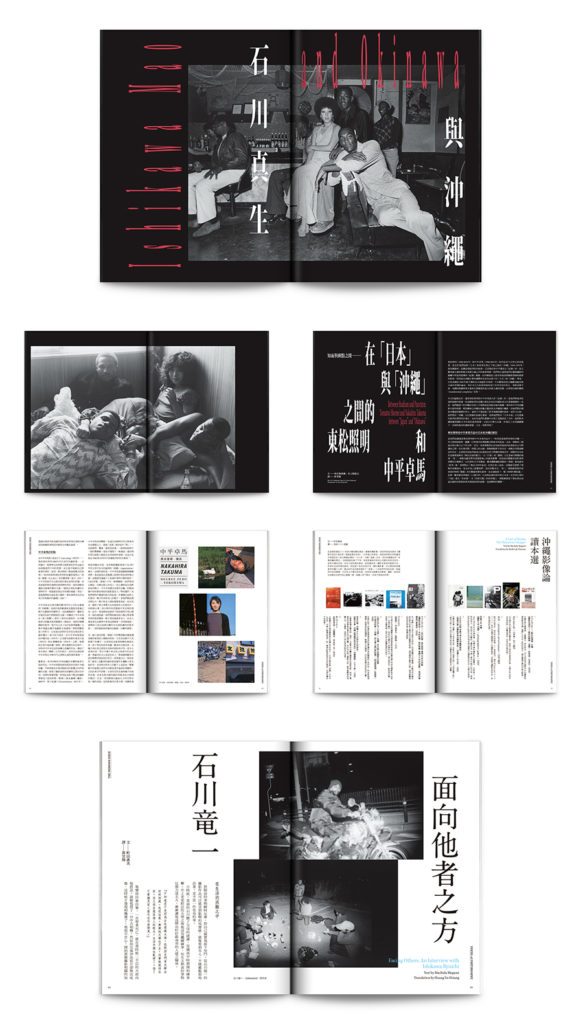
VOP Issue 28 : 沖繩專題 The Okinawa Issue
Publisher:
Publishing Date:
ISBN:
Format :
Category:
Price:
Voices of Photography 攝影之聲
Issue 28 : 沖繩專題
The Okinawa Issue
The “A Study of Contemporary Photography in Asia” series is a serial project that focuses on imagery culture and creative practice in various regions of Asia. Through this connection and a view that pans across Asia, we are trying to expand our understanding of the process of practice, visual experience, culture and the identifying coordinates of photography in Asia, and using such knowledge as a continuous reflection of imagery history and epistemology.
Second in the series is the Okinawa issue that features Machida Megumi and Hsu Fang-Tze, both imagery researchers and curators, as our guest editors. This issue adopts a dual reading and editing process; a combination of essays and interviews brings readers through the complicated colonial history and the burden of empiricism on the island, taking a critical view of Okinawa’s imagery, and Okinawa as an imagined object while it struggled against hegemony.
Several centuries ago, there existed no “Okinawa”, but the Ryukyu Kingdom, a feudal kingdom in the Ryukyu Islands in the Pacific Ocean. After the invasion by the forces of the feudal domain of Satsuma, and subsequently by the Empire of Japan, the Ryukyu Islands were annexed and colonized, and in 1879, established as the Okinawa Prefecture. At the end of the Second World War in 1945, the U.S. forces occupied and ruled Okinawa for 27 years, sealing its fate in the strategic chain of islands in the Cold War era. Even when the U.S. forces “returned” Okinawa to Japan in 1972, the island, which only constitutes 0.6% of Japan’s total land area, houses more than 70% of the U.S.'s military facilities and bases stationed in the whole country under the US-Japan Security Alliance. To some parts of Okinawa, it almost feels like that the “post-war” era never ended, surrounding this subtropical island with a plume of smoke that rose from the collision between geopolitics and new imperialism.
In this series, we take a look at the layered composition of the life experiences and photography by Okinawan imagery practitioners Kuniyoshi Kazuo, Ishikawa Mao, Higa Toyomitsu and Ishikawa Ryuichi, as well as the complicated political consciousness that is birthed from this interaction. We also move our focus from the question of “how to represent” to “how to construct” the background of Okinawa and its history through the essays by Nakazato Isao, Okamoto Yukiko, Nakasone Kaori and Inoue Mayumo. Through such a redirection of focus, we see the need for a careful analysis as it shows us that imagery is not only generated from colonization, but also feeds back into the issue.
While putting this issue together, the world is being ravaged by the COVID-19 pandemic, intensifying power rivalries. We imagine that our readers in Taiwan and other areas, which belong in the first island chain alongside Okinawa, would feel even more relevance to the island (Okinawa), given our similar histories and political situations. As we feel inspired by Okinawa in many ways, we also become aware of the struggles that are happening around the world, whether it is one against totalitarianism and racism under the mask of nationalistic rhetoric, or the return of capitalism in the name of economic recovery. Until we put into action our words and resist, any dream of a “nation of great power” is but a nightmare for the history of humankind.


